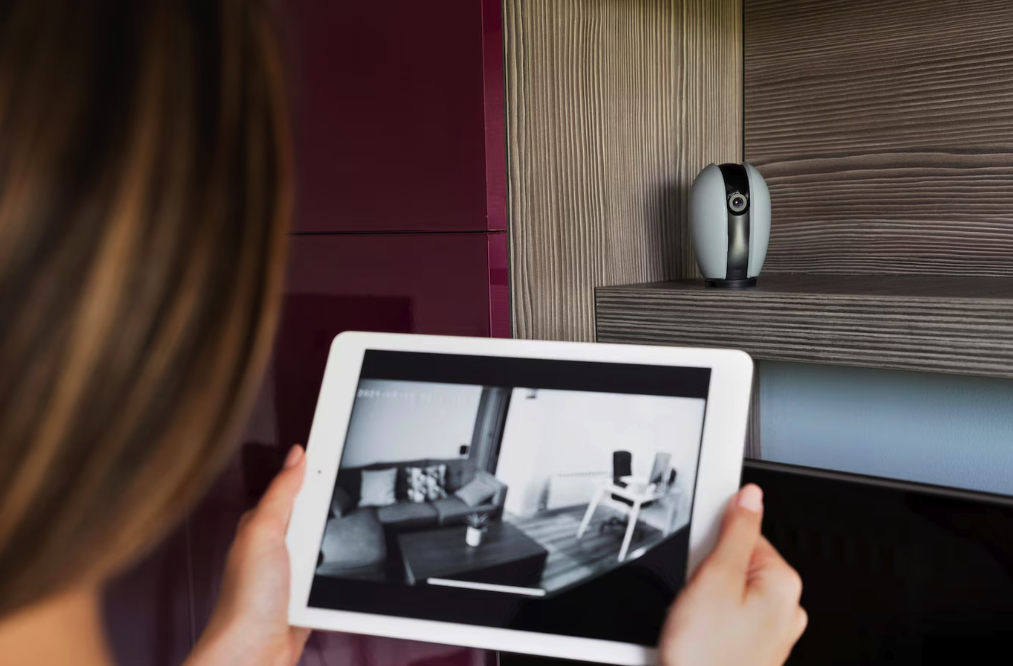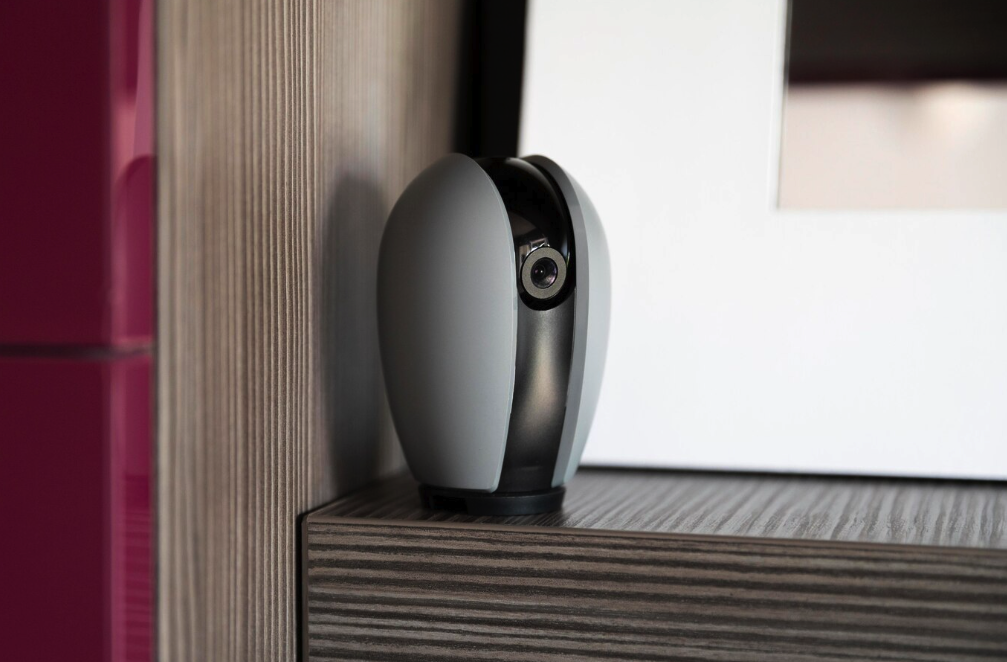Home security systems installation is an important step in safeguarding your home, installing a home security system is easier than ever. With wireless technology and step-by-step apps, you no longer need to hire a professional or deal with complex wiring. Modern systems are designed for quick setup, even if you’ve never installed one before.
Still, it helps to follow a clear guide. This article explains how home security systems work, what equipment you need, and how to install everything yourself—without stress or confusion.

Why Install a Home Security System?
Home security systems help protect your home from break-ins, package theft, and other threats. They also give you peace of mind when you’re away. With smart features, you can check your cameras, receive alerts, and control your system right from your phone.
Whether you live in a house or apartment, adding a security system improves safety and may even lower your insurance cost.
Basic Components of a Home Security System
Most DIY security kits come with everything you need to get started. Typical components include:
- Base station: The main hub that connects all devices
- Door and window sensors: Detect when someone opens an entry point
- Motion sensors: Alert you to movement inside your home
- Security cameras: Monitor your property in real time
- Keypad or mobile app: Arm and disarm the system
- Alarm siren: Sounds if the system is triggered
Some kits also include video doorbells, smart locks, or glass break sensors.
Steps to Install a DIY Security System
You can complete most installations in under an hour. Here’s a simple process to follow:
- Choose your kit: Pick a system based on your home’s size and features
- Download the app: Most brands include guided setup through an app
- Plug in the base station: Place it in a central location with power and Wi-Fi access
- Install sensors: Use adhesive strips or screws to attach door and window sensors
- Mount cameras: Place them near entry points and connect them through the app
- Test the system: Check every device to make sure it works properly
Follow your brand’s instructions for pairing devices and customizing settings like alerts or schedules.
Best Locations for Devices

To get the most protection, place your equipment where it matters most:
- Front and back doors – Install sensors and cameras
- First-floor windows – Use contact sensors
- Living room or hallway – Add a motion sensor
- Garage and basement – Include coverage for lower-access areas
Also, place your base station where the signal can reach all other devices easily.
Benefits of Using the Mobile App
The mobile app is your control center. With it, you can:
- Arm and disarm the system from anywhere
- View live camera feeds
- Receive instant motion or door alerts
- Check battery levels and signal strength
You can also invite family members to access the system with their own logins. Some systems let you set schedules or automate responses (like turning on lights when motion is detected).
Tips for a Smooth Setup

To make installation easier, follow these tips:
- Fully charge wireless devices before setup
- Use strong Wi-Fi for better camera quality
- Label sensors by room name to stay organized
- Test the alarm sound so everyone knows what it sounds like
- Enable mobile alerts for real-time updates
If you run into issues, most brands offer live chat or support videos to help.
Conclusion
In summary, home security system installation is simple with today’s smart technology. You can protect your home with just a few tools and an easy-to-use app. No wires, no confusion—just peace of mind.
Choose a system that fits your space, follow the guided setup, and test each part. In under an hour, your home can be safer, smarter, and fully monitored—right from your phone.
